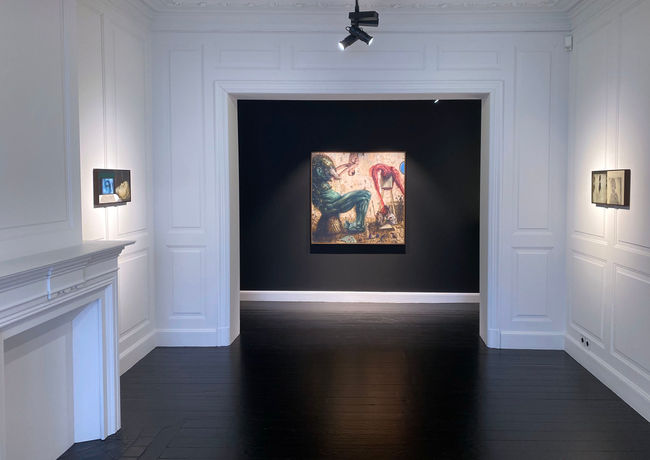

May 11 - Oct 01, 2023 | Genk (BE)
Robert Dandarov’s paintings poetically explore the darker sides of the human psyche through mythology, symbolism, and references to art history. His layered works balance ominous tension with whimsical detail, offering viewers a space to reflect, interpret, and feel.
Rooted in his Yugoslavian past, Dandarov’s imagery is shaped by personal and collective memory. He sees painting as refuge—echoing Schopenhauer’s idea that art suspends the pain of life. Symbols like Converse shoes, lightbulbs, or crosses connect personal identity to broader philosophical or historical frameworks.
His muted palette and dreamlike figures in 'I dreamed My Own Genesis' ground mythical references in the present, blending past and present. In works like Dutch Interior or Venus and Mars, Dandarov juxtaposes beauty and violence, often through symbolic motifs, drawing from Vermeer, Bacon, and Breker alike.
Ultimately, Dandarov’s art is a poetic quest for truth beyond explanation—inviting us to “listen to the songs” rather than decode them. For him, mythology is still alive, and reality is the strangest surrealism of all.










